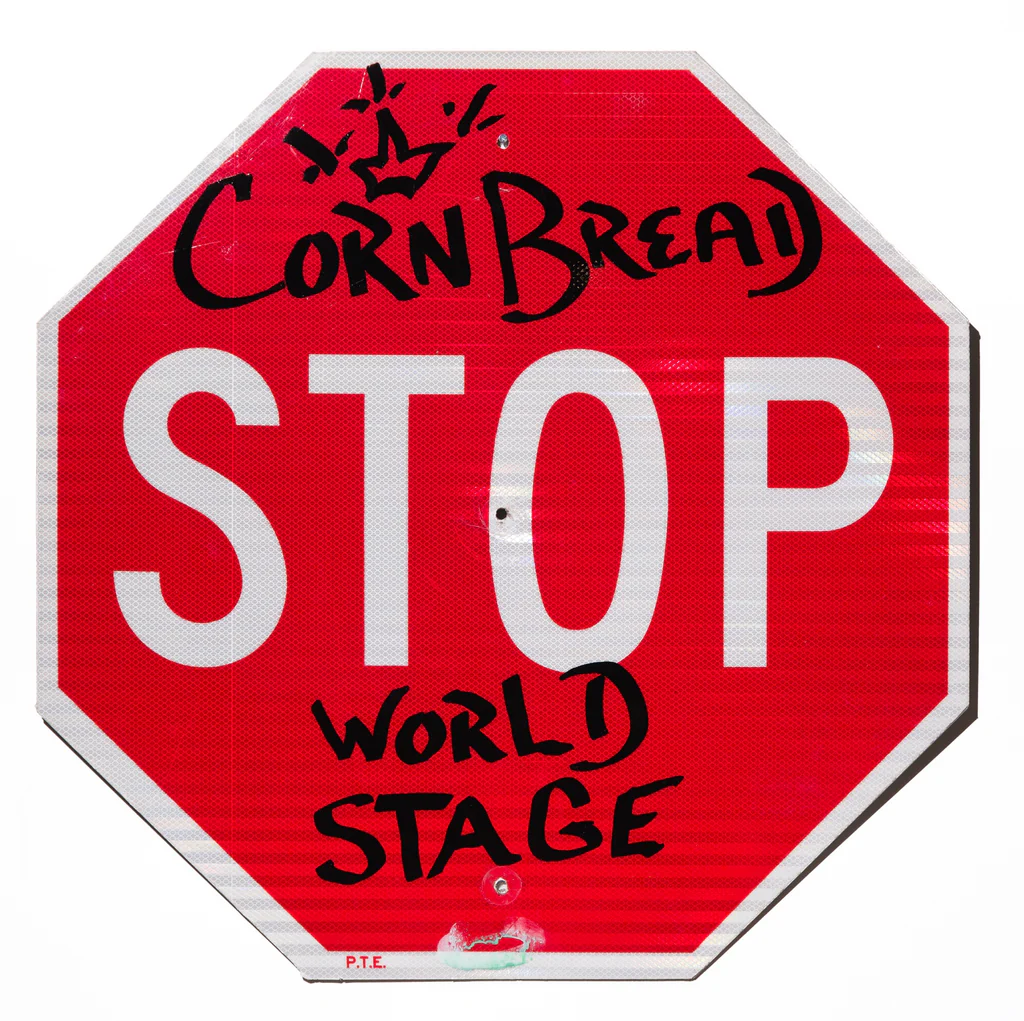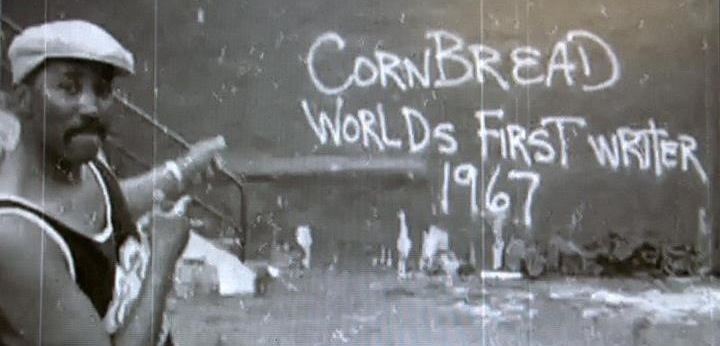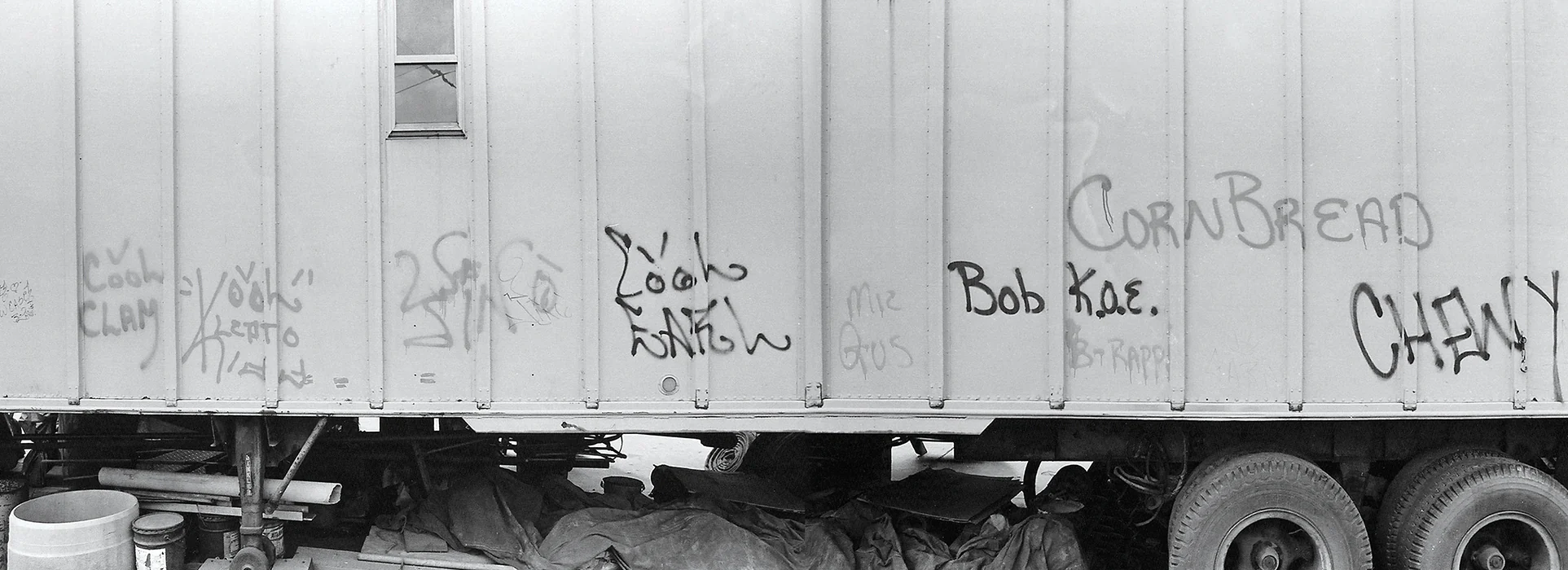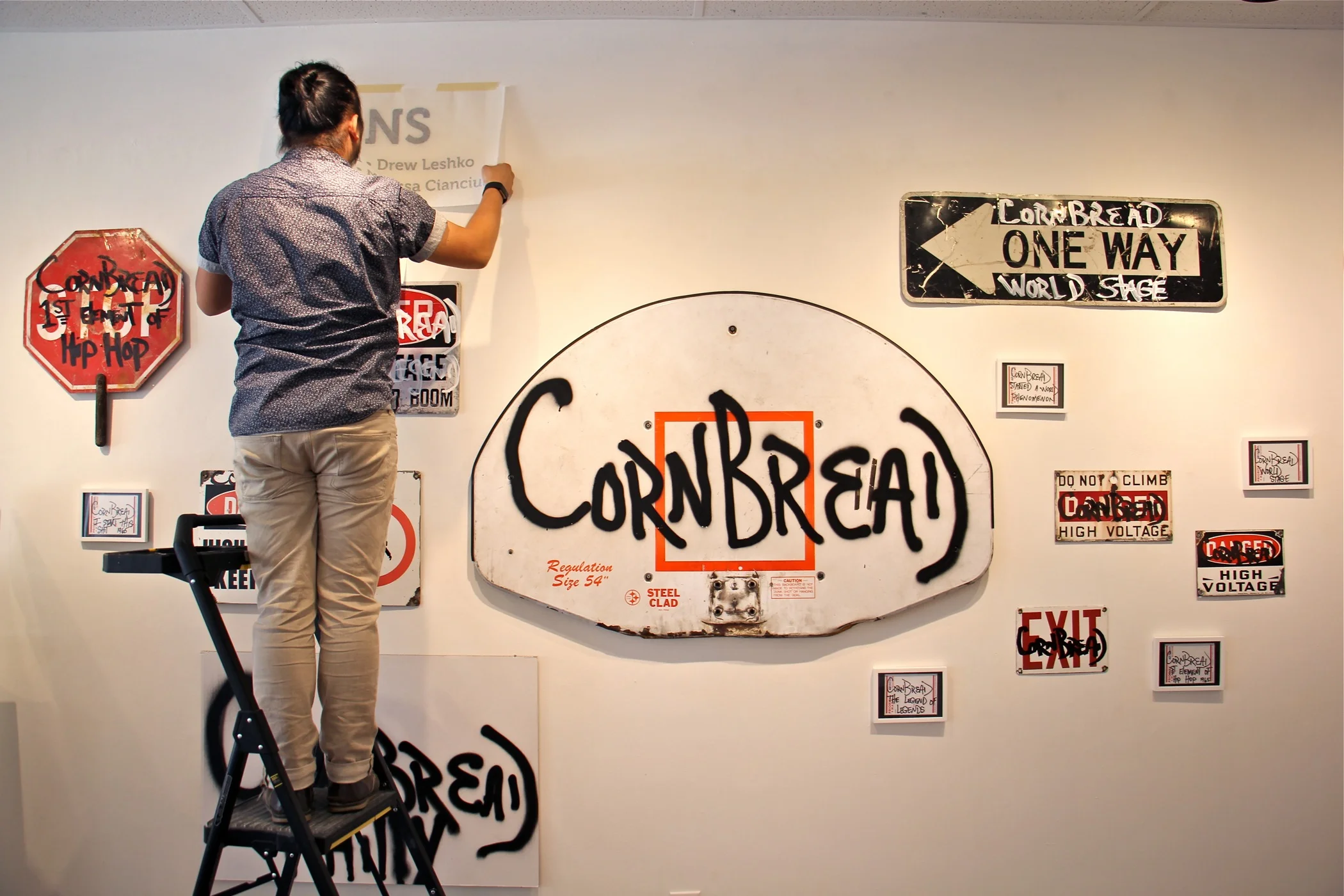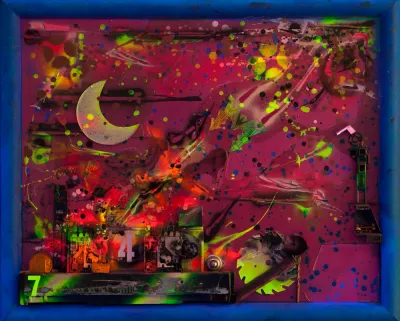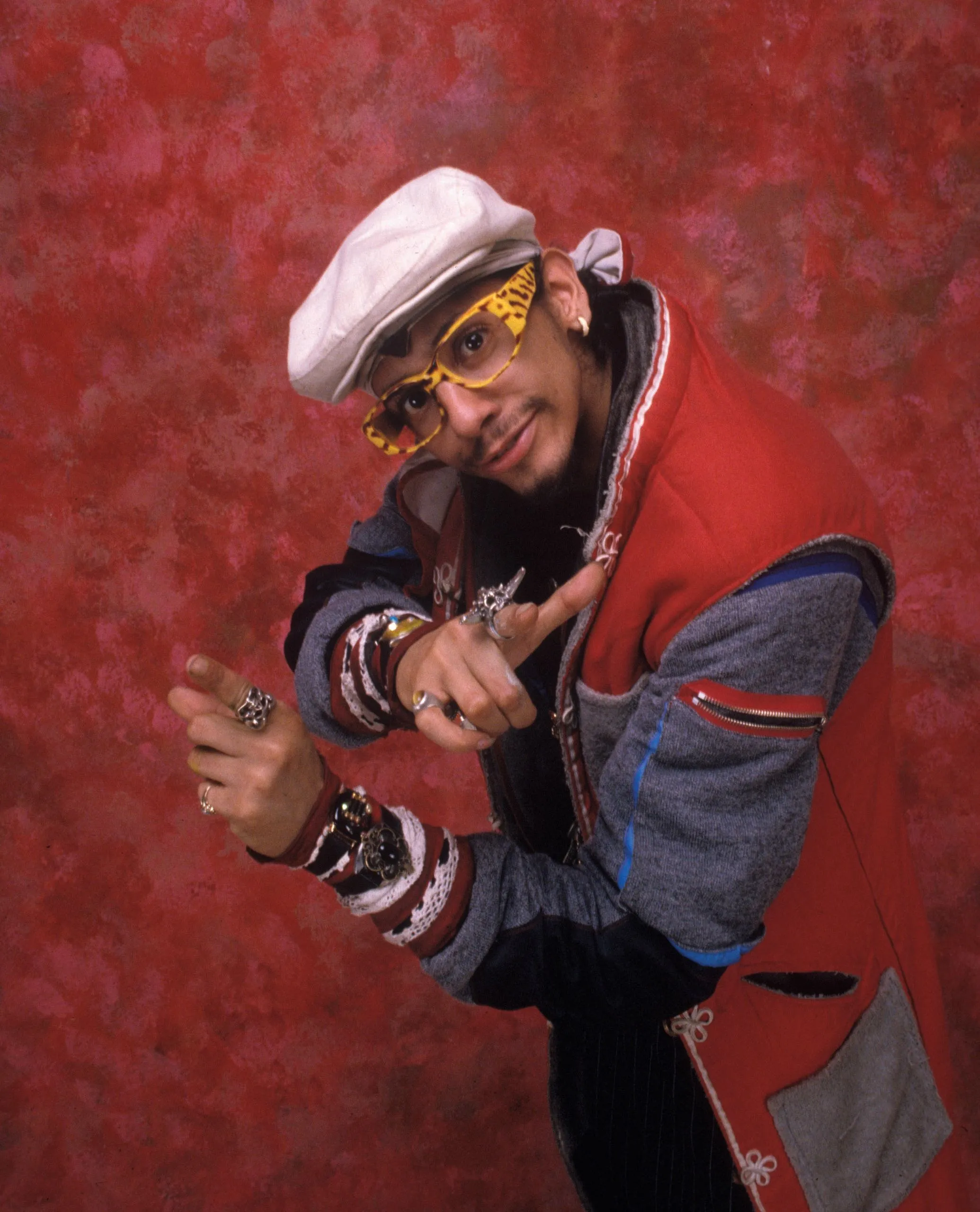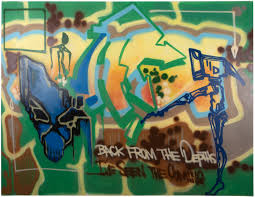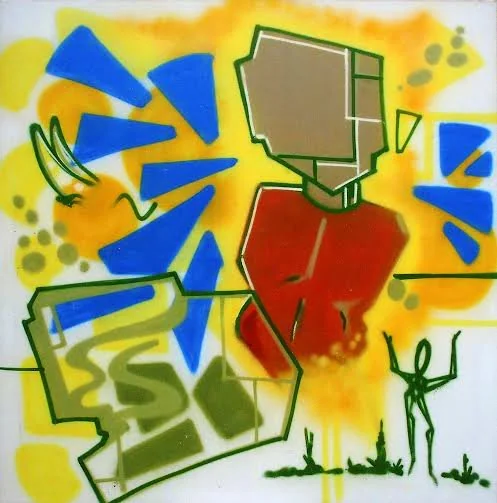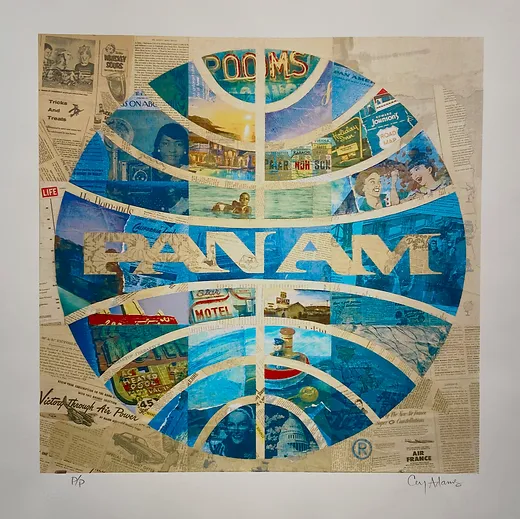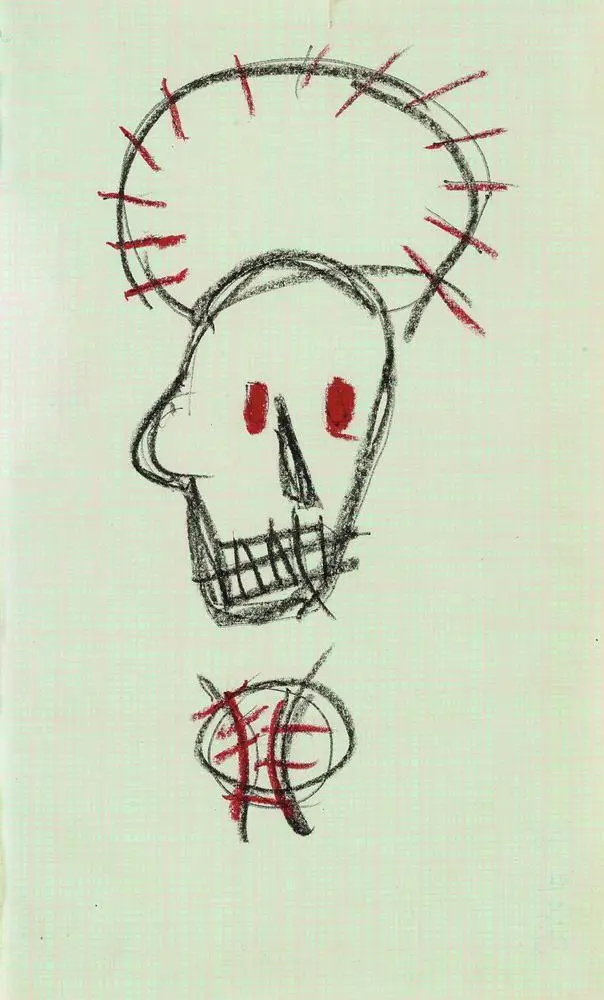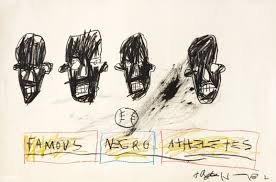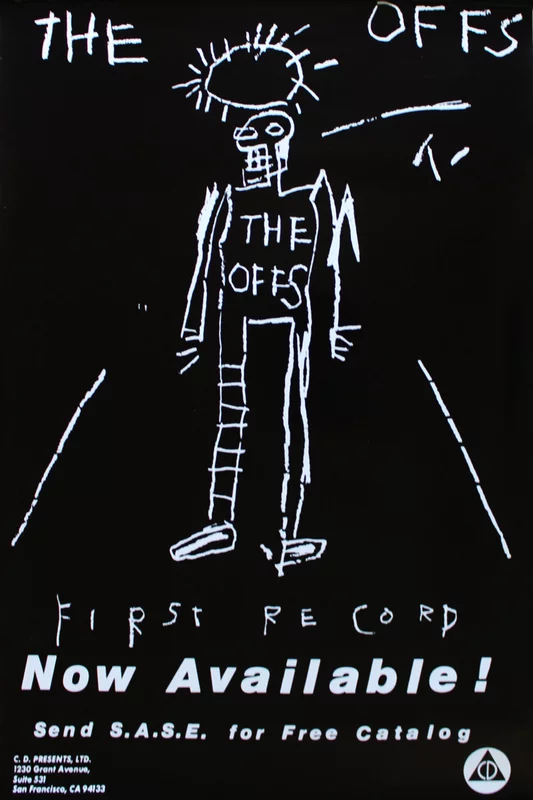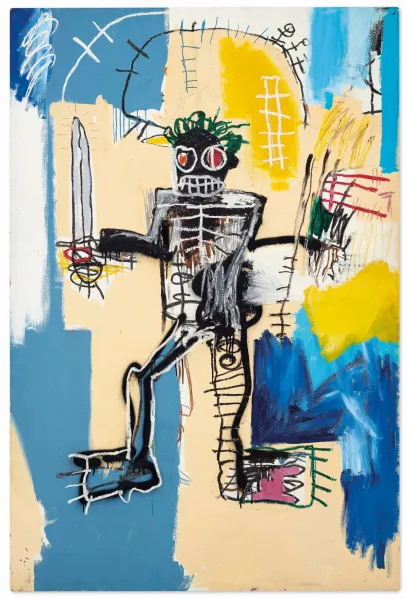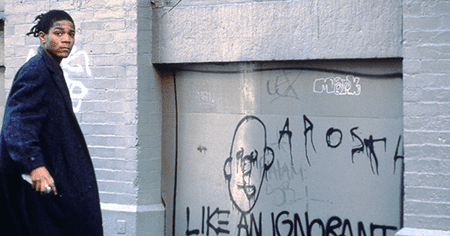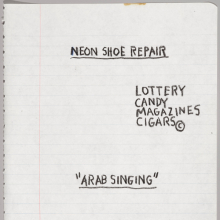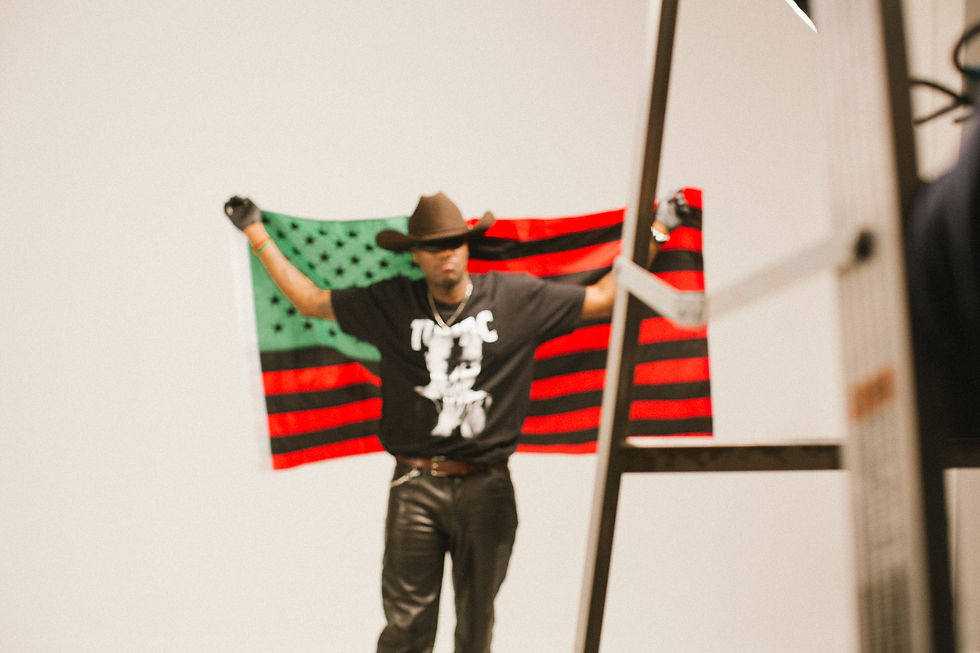Black Art History: Graffiti and Street art
- Amelia Williams
- Aug 19, 2024
- 4 min read
Updated: Feb 7
A brief history of some of my favorite Black graffiti and street artists that paved the way to influence my work.
Cornbread (Darrell McCray)

Cornbread, born Darrell McCray in 1953 in Philadelphia, is often credited as one of the pioneers of modern graffiti. His work began in the late 1960s and continued into the 1980s, establishing him as a key figure in the early graffiti movement. Cornbread's graffiti was notable for its simple, yet impactful style, and he is remembered for his extensive tagging throughout Philadelphia, which helped to popularize the concept of graffiti as a form of personal expression.
Cornbread’s influence on the graffiti movement was significant, as he was among the first to use graffiti as a means of self-expression and personal branding. His early use of tags and throw-ups laid the groundwork for the development of the graffiti culture that emerged in the 1980s. Cornbread's work inspired many other graffiti artists and contributed to the broader acceptance of graffiti as an art form.
In addition to his contributions to street art, Cornbread has been involved in various community initiatives and exhibitions, sharing his experiences and promoting the history of graffiti. His role in the evolution of graffiti art is widely recognized, and he continues to be celebrated as a foundational figure in the history of street art.
Rammellzee

Rammellzee, born in 1960 in Far Rockaway, Queens, was a multifaceted artist known for his unique approach to graffiti and his contributions to hip-hop culture. His work combined elements of street art with themes of science fiction and fantasy, creating a distinctive style characterized by its intricate, abstract forms and elaborate symbolism. Rammellzee's art was deeply influenced by his interest in cosmic and dystopian themes, which he explored through his graffiti and performance art.
In addition to his visual art, Rammellzee was also a pioneering figure in the world of hip-hop. He was known for his innovative approach to the genre, blending art and music in ways that challenged conventional boundaries. His performances often featured elaborate costumes and stage designs that reflected his cosmic aesthetic, further establishing his reputation as a groundbreaking artist.
Rammellzee’s influence extended beyond his own work, impacting the broader street art and hip-hop communities. His unique vision and artistic contributions continue to be celebrated, and his work remains an important part of the conversation around the evolution of street art and its intersection with other forms of creative expression.
Dondi White

Dondi White, born Donald White in 1961, was a leading figure in the graffiti art movement of the 1980s. Known for his complex, colorful pieces and his technical mastery, Dondi White played a crucial role in the development of the New York City graffiti scene. His work was characterized by its elaborate letterforms and vibrant compositions, which set new standards for the art form and influenced many of his contemporaries.
White's contributions to graffiti art were not limited to his own work; he was also an important figure in the graffiti community, helping to shape the culture and foster connections among artists. His pieces often featured intricate designs and a deep understanding of the art form’s potential, making him a respected and influential figure in the street art world.
Despite facing challenges and legal issues related to his art, Dondi White’s legacy remains significant. His innovative approach to graffiti art and his role in the community have made him a lasting figure in the history of street art. His work continues to inspire new generations of artists and is celebrated for its artistic achievement and cultural impact.
Cey Adams

Cey Adams, born in 1962, is a graffiti artist and designer known for his influential work in the street art scene of the 1980s. Adams’ art is characterized by its vibrant colors, bold graphics, and a distinctive style that blends elements of graffiti with pop culture references. His work often includes intricate designs and typography, reflecting his background in graphic design and his deep connection to the urban art scene.
Adams was an active participant in the New York City graffiti community, and his work was widely recognized for its creativity and technical skill. He played a significant role in shaping the visual language of graffiti and contributed to the broader acceptance of street art as a legitimate and influential art form. His work often addressed themes of social justice and identity, reflecting his engagement with the cultural and political issues of the time.
Throughout his career, Cey Adams has continued to be an important figure in the art world, with his work featured in numerous exhibitions and collections. His contributions to graffiti art and his influence on the street art movement have made him a notable and respected artist, and his legacy continues to be celebrated for its impact and innovation.
Jean-Michel Basquiat

Likely the most commercially famous name in the street art community, but I would be remiss not to include my first art inspiration and overall legend.
Jean-Michel Basquiat, born in 1960 in Brooklyn, New York, was a pivotal figure in the street art scene of the 1980s. Initially gaining attention under the pseudonym SAMO (Same Old Shit), Basquiat's work was characterized by its raw, expressive style and social commentary. His graffiti art, marked by its fragmented text and bold imagery, resonated with the urban experience and provided a voice to the marginalized. Basquiat's transition from street art to painting was marked by his use of vibrant colors, abstract forms, and poignant themes, making him one of the most celebrated artists of his time.
Basquiat's influence extended beyond art into music and fashion, reflecting his deep connection to the cultural landscape of the 1980s. His collaborations with artists such as Andy Warhol helped bridge the gap between street art and the mainstream art world, further cementing his impact. Despite his relatively short career, his work remains influential and highly sought after, with numerous exhibitions and retrospectives dedicated to his legacy.
Tragically, Basquiat's life was cut short when he died of a heroin overdose in 1988 at the age of 27. Despite his early death, his work continues to be celebrated for its profound exploration of race, identity, and socio-political issues. Basquiat’s art remains a powerful testament to his vision and his role in shaping contemporary art.
xx A








